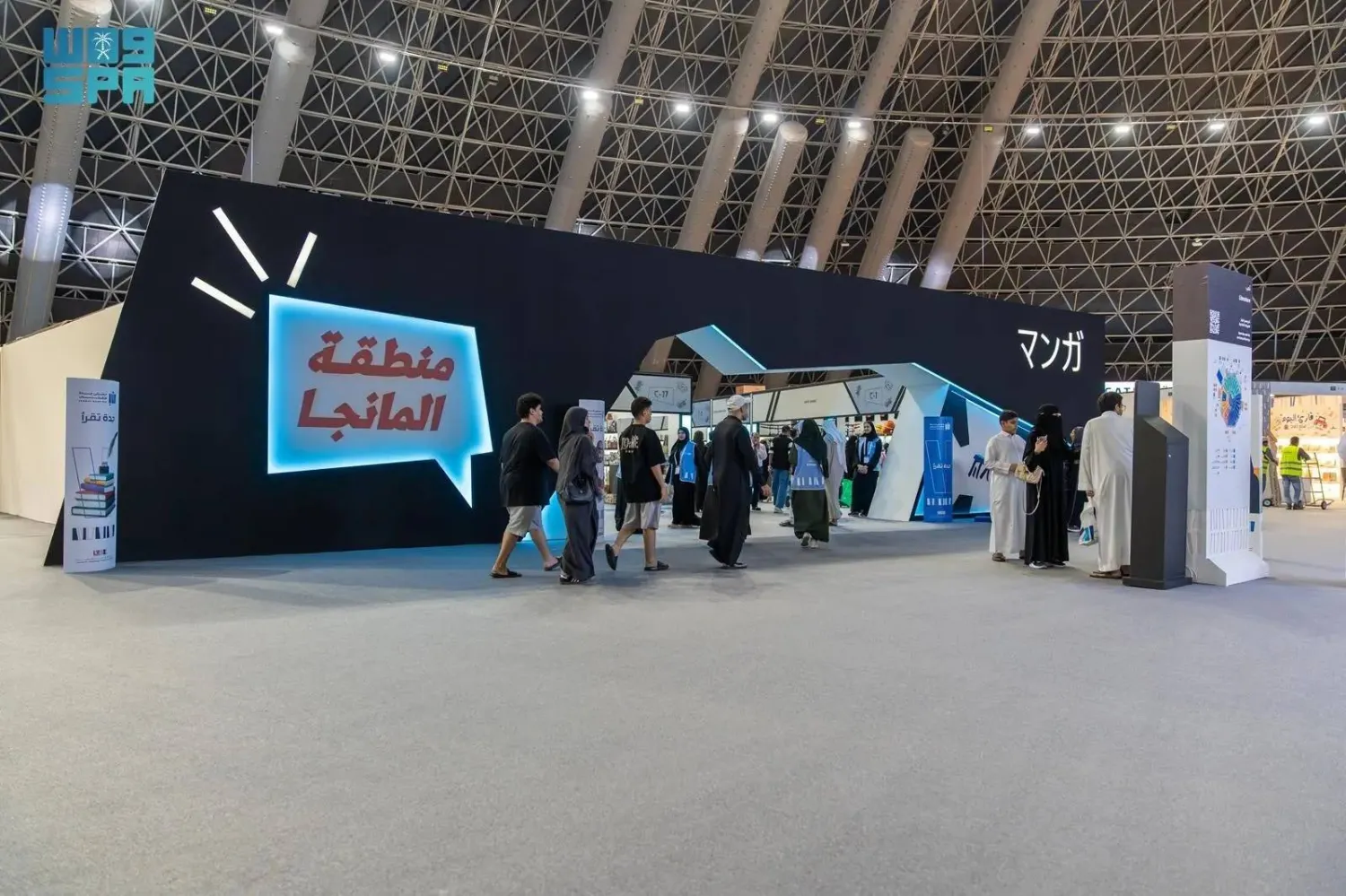One of the Switzerland's top art museums announced Sunday the return of two paintings that went missing last year, refusing to provide details in a case still under investigation.
Kunsthaus Zurich offered in June 2023 a reward of 10,000 Swiss francs ($11,100) for information that could help it track one painting by Flemish painter Robert van den Hoecke and another by the Dutch Golden Age artist Dirck de Bray.
The small paintings disappeared when the Kunsthaus took down more than 700 works for cleaning and restoration after a fire broke out in August 2022.
But no trace of the two paintings could later be found.
On Sunday, the museum said only that its restoration experts had confirmed both paintings were in "good condition", with no indication of how or when they turned up.
Because of ongoing police inquiries, "no further information will be released for the time being," the Kunsthaus said.
Museum officials had alerted the missing works to the Art Loss Register, the world's largest database of lost and stolen pieces.









